We explain what semi-presidential is, how it is classified, and its structure. Also, what are its general characteristics and advantages?
What is semi-presidentialism?
The granting of the head of state to more than one person is known as semi-presidential . In general, these governments have as heads of state a president and a prime minister together with a cabinet. These last two are accountable to the legislature , which can vote to remove them from office.
It is a model of democratic government in which the popular vote can still elect the president of the republic . However, both he and his ministerial train are subject to political evaluation by the legislature or parliament.
It is also known as a mixed system, since it is located in the middle between presidential systems and parliamentary systems. It is also called a two-headed Republic , as its leadership rests with at least two people.
It's not presidential
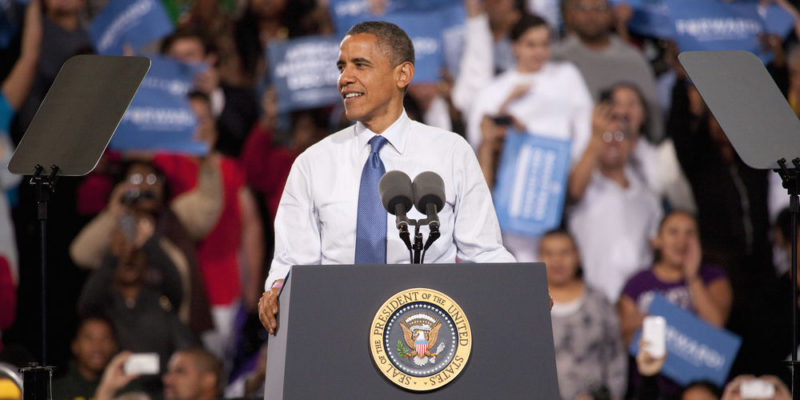
Presidential systems are those that deliver political power to a single figure: the president .
This figure can appoint or dismiss ministers , vice presidents and other members of the executive, without internal checks and balances.
Therefore, its power is balanced only with the legislative and judicial powers .
On the contrary, in the semi-presidential system there is also a prime minister and a cabinet with whom the president must share the executive .
It is not parliamentarism
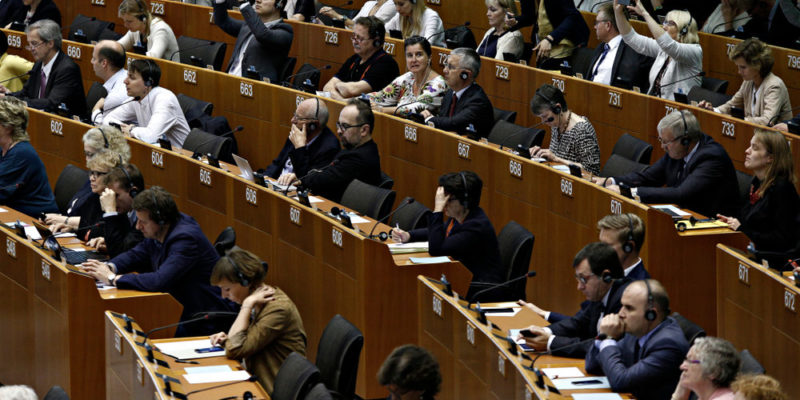
In parliamentary systems there is a president stripped of real executive powers . These powers are usually concentrated in the prime minister, thus distinguishing between the head of state and the head of government.
This type of government is usually found in republics that come from a parliamentary monarchy . This is because in the previous monarchy , the parliament ended up being more important than the monarch.
In that sense, parliament is more the seat of real power than the president , unlike presidential and semi-presidential systems.
Types of semi-presidentialism
There are two forms of semi-presidentialism, depending on its structure:
- Premier-presidential system. The prime minister and the cabinet are solely responsible to the legislature or parliament. The president is elected by popular vote and he appoints the prime minister and the cabinet, who can be removed by parliament through a vote of no confidence.
- President-parliamentary system. Both the prime minister and the cabinet are chosen by the president (elected in turn by popular vote), but they are doubly responsible to parliament and the president himself, which means a double option to remove them from power.
Power structure
The separation of legislative and executive powers is an important issue within the power structure of a semi-presidential system.
The president is obliged to govern together with the majority of the parliament , which usually leads to legislators close to the president or his party being elected as prime minister or government minister. Thus, three models of structure are given rise:
- Rigid separation due to the resignation of parliamentarians. In these cases, a legislator elected to a ministerial position (prime minister or cabinet member) must resign from his position in parliament, not being able to recover it until the next legislature. This measure is intended to prevent partyocracy, the predominance of certain political parties in the State, as occurs in parliamentary systems.
- Rigid separation due to substitution of parliamentarians. In these cases, the parliamentarian elected to ministerial positions must be temporarily replaced by another, and may return to exercise the parliamentary position when he has no commitment to the executive power.
- Partial separation with parliamentary ministers. In these cases, the coexistence of the legislature and the executive is not prohibited in the event that parliamentarians assume ministerial functions, although in general the members of the cabinet are not usually chosen from among the members of parliament. However, this allows for greater levels of partisan dominance by both the executive and the legislature.
History of semi-presidentialism
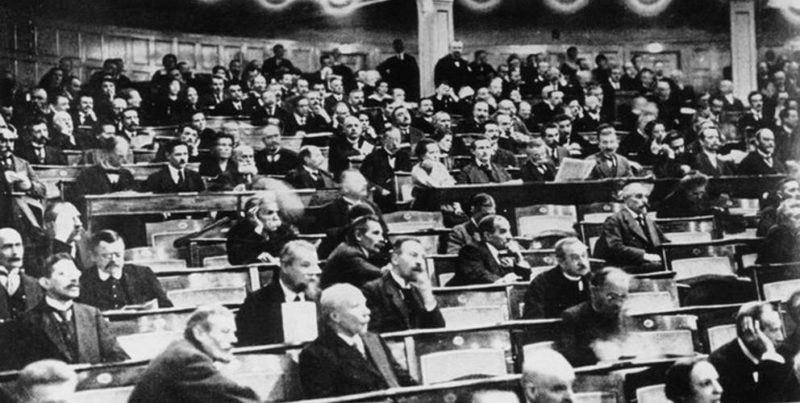
The first case of a two-headed republic in history took place in the Roman Republic . Power was controlled by two consuls of equal power and equal veto capacity if one of them made a decision without consulting the other.
Taking this background as an example, in Germany at the beginning of the 20th century (1919) a form of political system was attempted that would allow the balance of the powers of the parliament and the president. The result was the first modern semi-presidential republic: the Weimar Republic .
Although this republic soon failed and gave way to the fascist model of Hitlerian Nazism , its model was replicated in France under Charles De Gaulle . Later his example inspired numerous republics throughout the world.
The appeal of this model is that it offers a way to control the excesses of the executive branch in the hands of a single president.
Disadvantages of semi-presidentialism
The main disadvantage of this model is the ease with which a divided parliament reaches a state of conflict and stalemate . In these cases, the only solution is the change of the executive. Thus, the political functioning of the republic can hinder and lengthen the processes of the executive.
The exception is those cases where the ruling party and the president's party are the same. Then there is a procedural agility that, on the other hand, also represents its drawbacks, since the separation of powers that the system would have to defend becomes weaker in these cases.
Advantages of semi-presidentialism
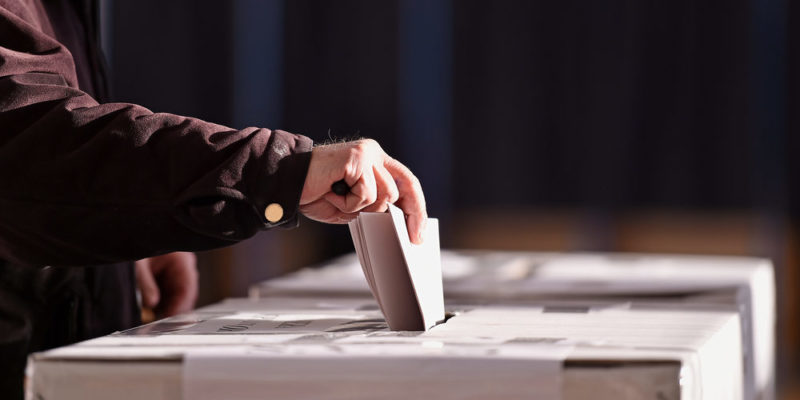
Compared to presidentialism, the advantages of this type of model are several. In the first place, an enormous counterweight is made to the executive , who is quite prevented from carrying out maneuvers that give him total power. In this sense, the model defends much more the democratic balance.
On the other hand, compared to parliamentarism, it offers a mixed and intermediate path that still gives power to the popular vote and to the faith placed in the presidential election.
Division of faculties
One of the dilemmas of this model lies in the distribution of presidential powers and those that fall to the Prime Minister. In that sense, they are usually established according to two possibilities:
- Division by convention. The distribution of powers is sometimes determined by political agreement, that is, by mutual consensus between the President and the Prime Minister, which allows its reformulation in each relevant case.
- constitutional division. In this case, the distribution of powers is explicitly detailed in the Political Constitution or in State legislation, according to the interests and decisions that have been made in its construction.
Historical examples of semi-presidentialism
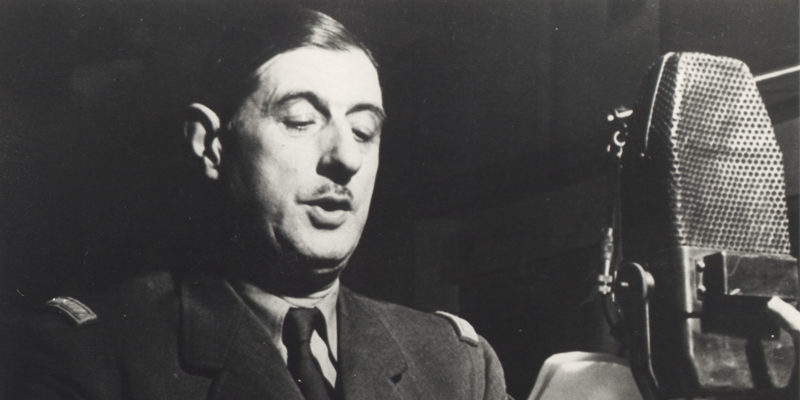
The first historical example of this system was the Weimar Republic (1918-1933) in Germany . Later, it was also observed in the French Republic under de Gaulle (1959-1969), also called the French Fifth Republic. In this case, semi-presidentialism continues to be the current model.
Countries with a semi-presidential system
Today there are the following countries with a semi-presidential system:
| Algeria | Armenia |
| Azerbaijan | Burkina Faso |
| Cape Verde | Guyanese |
| Democratic Republic of the Congo | Egypt |
| France | Georgia |
| Guinea-Bissau | Haiti |
| Madagascar | Mali |
| Mauritania | Mongolia |
| Mozambique | Namibia |
| Niger | Palestine |
| Portugal | Romania |
| Russia | Saharawi Arab Democratic Republic |
| Sao Tome and Principe | Senegal |
| Syria | Sri Lanka |
| Taiwan | East Timor |
| Tunisia | Ukraine |
She has pursued her studies in The United States, where she has graduated in Business and Economics and is currently finishing her Master studies in International Economics and Finance. Miss. Amputee is fluent in three languages: English, Spanish and Russian and has elementary knowledge of French and Italian. She love exploring how Collaborative Research Group can become the best tool to achieve the (necessary) educational change. .
Leave a reply
Your email address will not be published. Required fields are marked *Recent post

Sport: What Is It, Types, Risks, Features, Characteristics and Examples

Dogs: Emergence, Features, Characteristics, Feeding and Breeds

Story: Definition, Elements, Structure, Features and Characteristics

